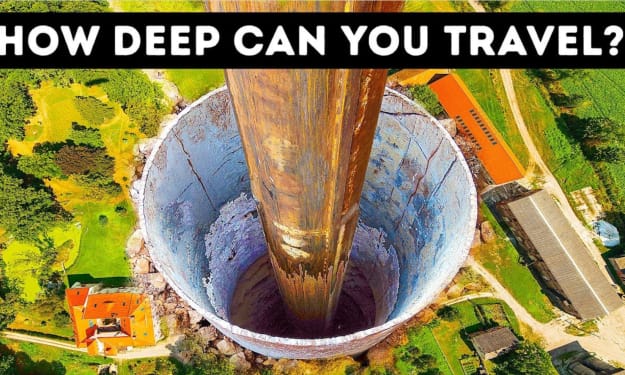
Evolution is a fascinating process that has shaped the diversity of life on Earth. While many traits and characteristics have evolved only once, there are a few remarkable instances where certain features have independently evolved in different species. Here are 10 examples of things that have evolved more than once:
1. Flight: Flight has evolved independently in several groups of animals, including birds, bats, and insects. Each group has developed unique adaptations to achieve powered flight.
2. Echolocation: Echolocation, the ability to use sound waves to navigate and locate objects, has evolved independently in bats and toothed whales. Both groups have developed specialized structures and sensory systems for this purpose.
3. Camera-like eyes: The evolution of camera-like eyes has occurred separately in vertebrates (such as humans) and cephalopods (like squids and octopuses). This remarkable convergence is a testament to the efficiency and effectiveness of this visual system.
4. Venomous stingers: Venomous stingers have evolved multiple times in different groups of animals, including scorpions, bees, wasps, and certain fish species. These stingers serve various purposes, from defense to capturing prey.
5. Bioluminescence: Bioluminescence, the ability to produce light, has evolved independently in several organisms, such as fireflies, certain deep-sea fish, and some bacteria. The mechanisms behind this phenomenon can vary greatly among these different groups.
6. Photosynthesis: Photosynthesis, the process by which plants convert sunlight into energy, has evolved multiple times in different groups of organisms. It has independently evolved in plants, algae, and certain bacteria.
7. Limb-like appendages: Limb-like appendages have evolved independently in various groups of animals. For example, vertebrates have limbs with bones, while arthropods (such as insects and crustaceans) have jointed appendages.
8. Social behavior: Social behavior has evolved independently in multiple groups of organisms, including ants, bees, termites, and humans. These species have developed complex social structures and cooperative behaviors.
9. Tool use: Tool use has been observed in several animals, including primates, birds, and even certain invertebrates like octopuses. Different species have independently developed the ability to use tools for various purposes.
10. Hibernation: Hibernation, a state of dormancy to conserve energy during periods of low temperatures or food scarcity, has evolved independently in different groups of animals, such as bears, rodents, and some reptiles. Each group has developed its unique adaptations to survive harsh conditions.
11. Biomineralization: Organisms, including mollusks, corals, and some algae, have independently evolved the ability to produce hard mineral structures for protection or support.
12. Dinosaurs: These are a type of reptile, and they evolved from another group of reptiles called 'dinosauromorphs' around 250 million years ago. The dinosauromorphs were small and humble animals, and they didn't look anything like T. rex or Brontosaurus.
13.Dragons: Paleontologists believe that pterosaurs evolved from flightless yet nimble reptiles with keen eyesight and the ability to perform quick head movements. Our fire dragons would likely evolve from similar reptiles. We'll call these hypothetical ancestors proto-dragons.
14. Snakes: Snakes are thought to have evolved from either burrowing or aquatic lizards, perhaps during the Jurassic period, with the earliest known fossils dating to between 143 and 167 Ma ago.
15. Animals: Animals evolved through a process known as evolution which is the change in a species' characteristics over several generations. Evolution can be caused by mutation, migration, natural selection, genetic drift, and non-random mating. Animals are organisms from the Kingdom Animalia which are multicellular eukaryotes.
16. Transportation: 4000 BC: The Domestication of Horses, Camels and Donkeys
Capable of travelling long distances and carrying heavier loads, the use of animals made travel and trade easier and more efficient, leading to trails and tracks in the land. This was the first significant development in the history of transport.
17. Human: Human evolution is the lengthy process of change by which people originated from apelike ancestors. Scientific evidence shows that the physical and behavioral traits shared by all people originated from apelike ancestors and evolved over a period of approximately six million years.
These examples highlight the incredible adaptability and ingenuity of living organisms, as they independently evolve similar traits and behaviors to suit their environmental challenges.
About the Creator
Micheal
c






Comments (1)
Fascinating stuff. Good list, Chris.